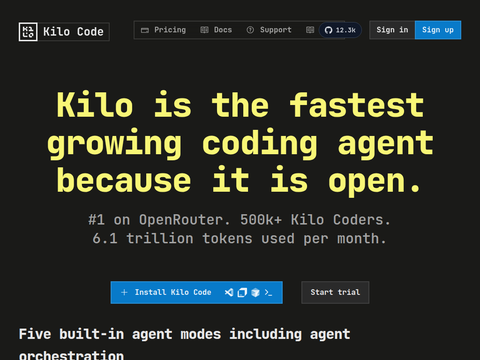On Wednesday, generative AI provider AI21 Labs unveiled Jamba Reasoning 3B, a compact language model specifically designed for on-device AI computing.
This latest release is part of AI21's open-source Jamba model lineup and is distributed under the Apache 2.0 license.
The model is built upon the company's proprietary hybrid SSM-transformer architecture rather than the standard pure transformer-based frameworks commonly used in today's leading large language models (LLMs). SSM, which stands for State Space Model, refers to a class of deep learning algorithms used for sequential modeling—often more efficient than transformers for specific tasks. These models predict the next state based on the current one, with Mamba serving as an SSM-based neural network architecture incorporated into the Jamba framework.
Jamba Reasoning 3B, like other lightweight models offered by various vendors, features a context window length of 256,000 tokens and can process up to one million tokens—comparable to capabilities seen in models like Anthropic Claude, Google Gemini, and Meta Llama. However, it is optimized to run efficiently on compact devices such as iPhones, Android phones, Macs, and PCs.
"I've always been a fan of State Space Models, an older concept in the industry that previously lacked a practical implementation method," said Brad Shimmin, analyst at Futurum Group. "Now, with technological advancements, this concept has become viable due to its excellent scalability and speed."
SSM-based models use rope scaling techniques to extend the model's attention mechanism, allowing them to prioritize tasks effectively while requiring less computational power compared to traditional LLMs and larger models.
Shimmin noted that smaller generative AI providers like AI21—supported by tech giants such as Google and NVIDIA, and having raised over $600 million since its founding in 2017—can monetize through the creation of an ecosystem around open-source models like Jamba Reasoning 3B, which is now freely available on Hugging Face, Kaggle, and LM Studio.
On the day of its release, AI21 highlighted the performance metrics of the new Jamba model, stating that it outperforms larger open-source LLMs across widely used benchmarking systems such as IFBench, MMLU-Pro, and Humanity's Last Exam. These include models like Alibaba's Qwen 3.4B, Google's Gemma 3.4B, Meta Llama 3.2 3B, IBM's Granite 4.0 Micro, and Microsoft's Phi-4 Mini.
Shimmin emphasized that the enterprise potential for this new compact language model is strong, particularly due to its integration with retrieval-augmented generation technology, enabling businesses to tailor the model for secure data handling.
One promising application could involve using the model in contact centers to intelligently route customer complaints, leveraging its reasoning capabilities to determine whether an issue should be escalated to human agents or other models.








